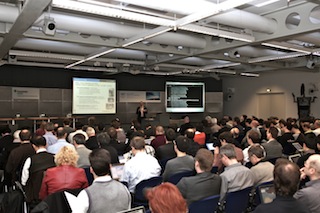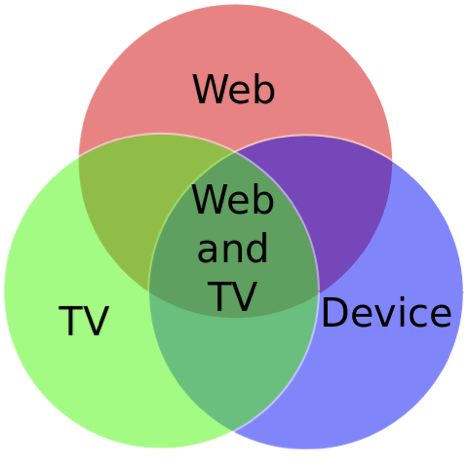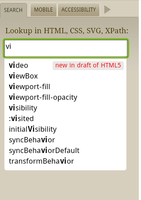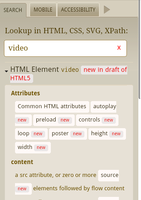AR Work to Start at W3C – Make Yourself Heard!
Last week’s W3C Workshop: Augmented Reality on the Web attracted over 40 participants and 22 papers. The participants represented a broad range of telecom operators, device manufacturers, AR service delivery companies, AR users from the advertising world, academics and standards bodies – a very diverse group of people brought together as users of an equally diverse range of technologies.
A full report is being prepared but this brief blog post gives an overview of the event and invites you to help create and join the working group that is being formed as a result of it. All papers and slides are linked from the workshop agenda.
We heard how AR is used in the building industry and medicine, how it can be used to visualise sensor data, and how reality can be augmented with audible overlays just as much as visual ones using very similar technologies. AR is not a new technology – it’s used extensively already to help with city planning and medical practices, and there is a lot of exciting work going on to create and manipulate 3D images.
The focus of the workshop, however, was very much on the kind of AR that matches a dataset against a user’s context, primarily their location (so mobile is a key word here as well). Examples include the AR browsers from Wikitude, Layar and Acrossair. Want to see what the Brandeburg Gate looked like when the Berlin Wall was still in place? Point your smartphone at this most famous of European landmarks and you’ll see it on your screen. Likewise streets through the ages, the occupants of modern buildings, Wikipedia articles on nearby points of interest and so on.
The possibilities for AR are very exciting and everyone at the workshop was keen to see rapid progress but there are factors holding us up. One of these is, rightly, privacy concerns. Being able to point your phone at someone at a conference, have it recognise that person and pull up lots of adapt about them sounds really attractive – but such a system will rely on data published in, say, a social network that was never designed to be used in that way. Is that clever technology or an invasion of privacy? In truth it’s probably both. Given enough information about you and your preferences, all sorts of icons, offers and pointers could be added to your phone’s field of view – not least commercial advertising. Should your phone’s view of the Eiffel Tower or the Statue of Liberty be ‘augmented’ with a clip from a forthcoming movie set in that location?
The other factor slowing down AR development, particularly on the Web, is a lack of relevant interoperable standards. The existing Web standards stack has a lot to offer: HTML, XML, JSON, SVG, CSS and more are all used to good effect, but there are some steps required for the integration of a live image with a data stream (pretty much the definition of AR) that are not yet available outside proprietary systems.
Access to device functions is a key area and both the W3C Device API and Policy Working Group and the Geolocation Working Group are addressing many of these between them. But what about the data? How can data about points of interest be published and used in the kind of open way that underlies the success of the Web itself? How should this fit in with linked data? How can we safeguard user privacy and publishers’ business models?
This will be the starting point for a new Points of Interest Working Group. There’s a lot to do yet, not least make sure we have good communications with the Open Geospatial Consortium, owners of KML, the standard used in Google Earth, the Web 3D Consortium, the OMA, and others who have a keen interest in this space. Some existing efforts in this area are highly relevant too: we hope to include the expertise and experience behind ARML and the KHARMA framework within the Working Group.
Work will begin very shortly on a charter for the new group but you don’t have to wait until it’s set up. On the contrary, you can help to shape the charter (which sets out what W3C will ask it to do) by subscribing to the mailing list right now. This is a public list with archive. If you want to know more about developments in AR at W3C drop me a line directly.









